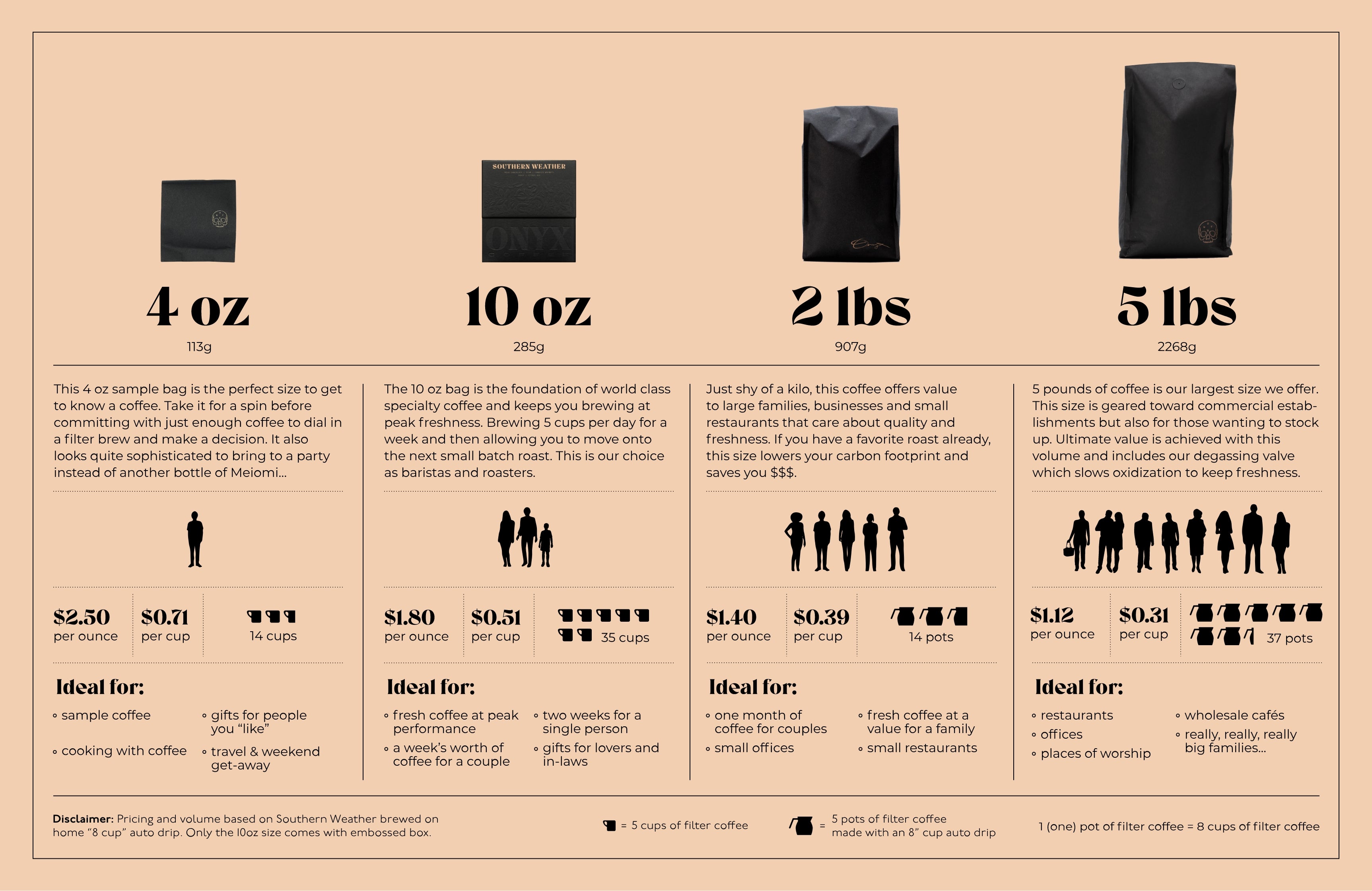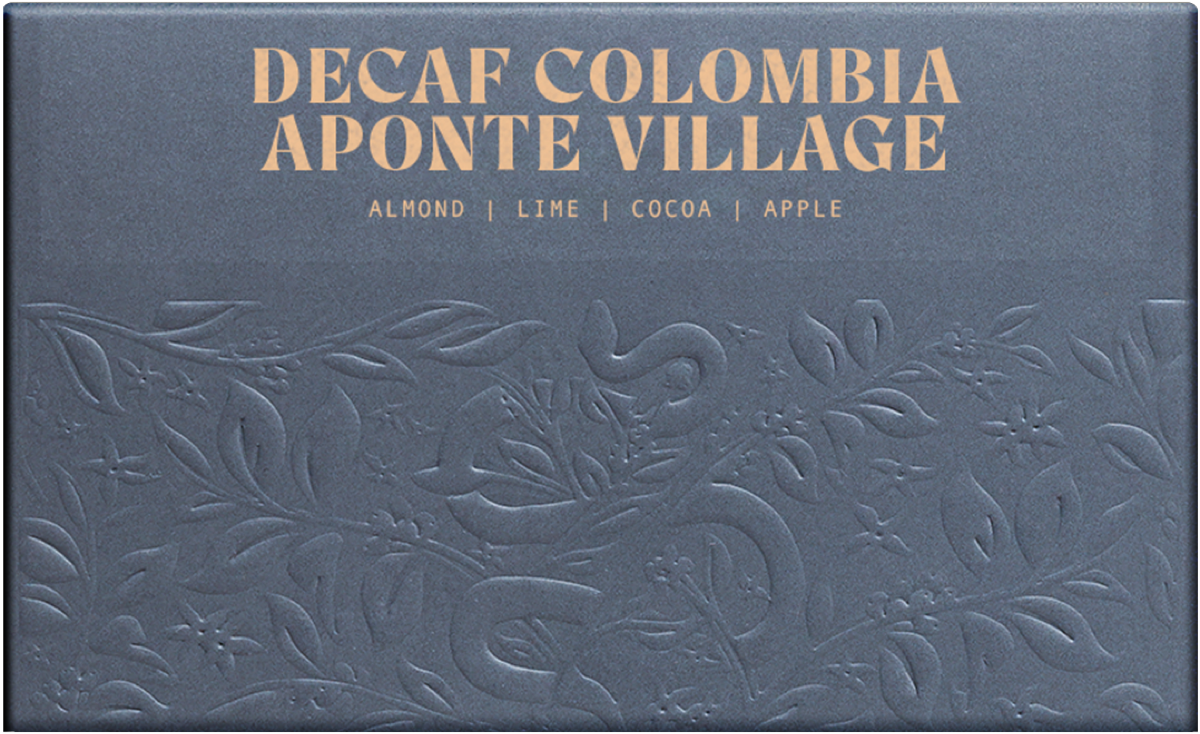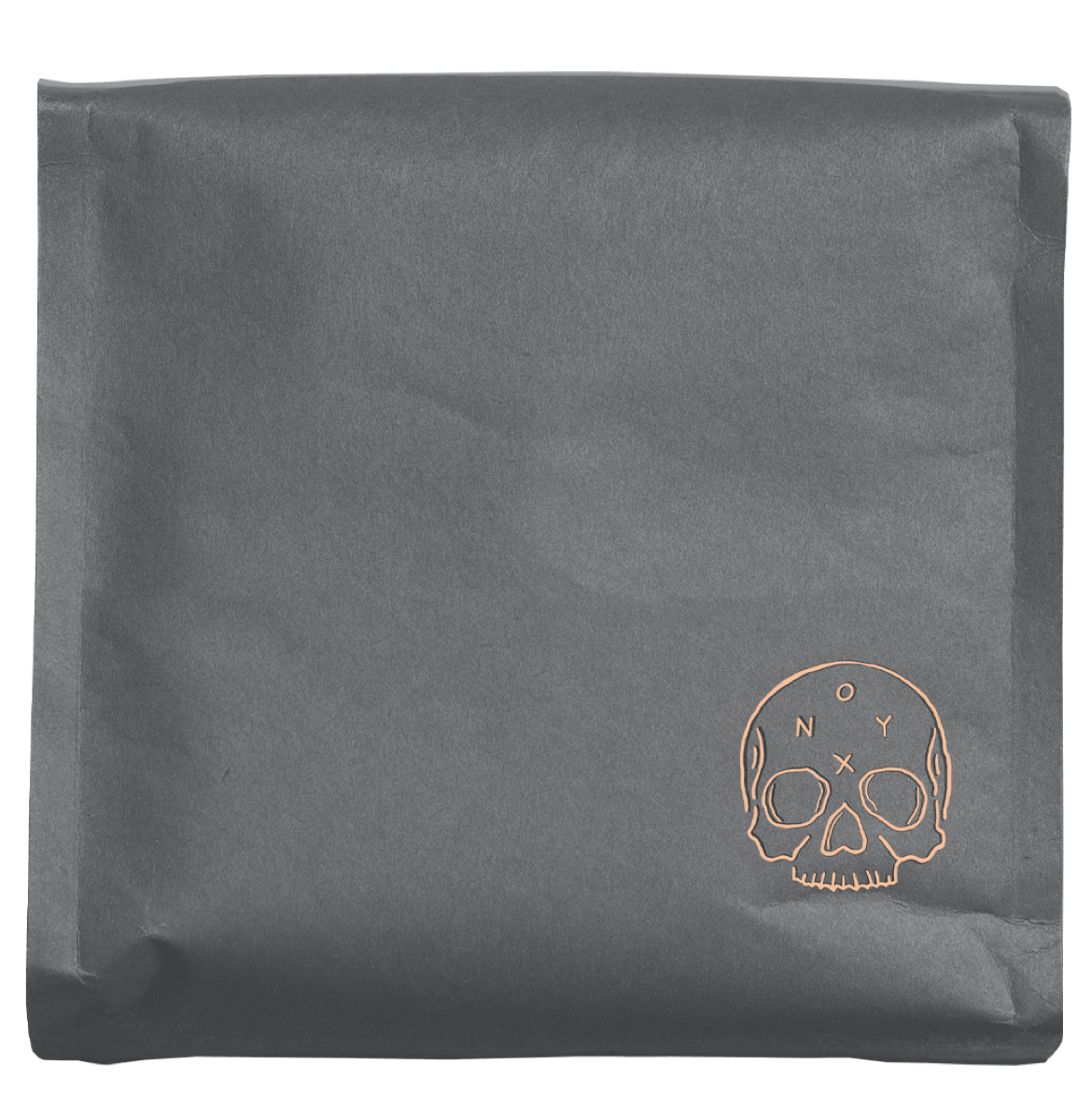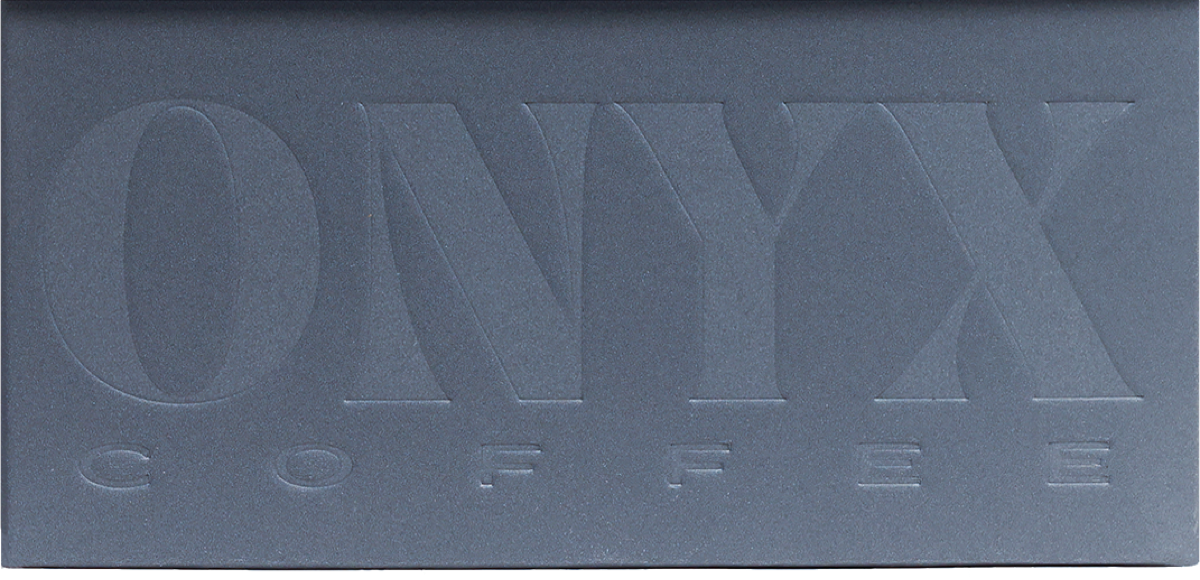Story
DECAF APONTE
This coffee came about through a conversation with Eton at Atlantic Specialty Coffee. Last year we attempted to decaffeinate a 50 bag chop of Aponte honey, splitting volumes with Atlantic. This experiment went well, and this season we entered into this season with the intention to purchase the entire outturn of this decaf lot. Due to COVID restrictions, we cupped this preship sample at our roastery in Arkansas. Our friend Eton at Atlantic Specialty worked with Pergamino to decaffeinate this lot within Colombia, then consolidating it within a container headed to the US. Read more on Aponte as well as the EA Decaffeination process below.
APONTE VILLAGE
Two factors make this Nariño Aponte Village honey truly special. One reason is where it is made. Located in the village of Aponte deep in the Juanambú canyon, it is produced by the indigenous community of the Inga. This group belonged to the northernmost part of the Inca Empire, who colonized the south of Colombia in the late XIV century, a bit before the Spanish came. The land here is communal, and its population is ruled by a “cabildo,” a group of elders that make sure that their ancestral laws and traditions are upheld.
The second reason is the way the coffee is processed. Usually, coffee in Colombia is fermented and washed after it's picked and de-pulped. In this case, the coffee was dried before being washed. The intense fermentation process that occurs when coffee is dried without washing its mucilage (honey-like substance around the seed) leads to a cup profile of intense ripe red fruit, that reminds us of cherries and strawberries. This process is very delicate, and if done incorrectly or without the proper conditions can lead to vinegar notes and a terrible cup of coffee. Weather in this region is perfect for this type of drying, as the heavy and cold winds that cross the canyon permit an even and fast drying process of the coffee seed, even covered by its mucilage.
-Information help by Pedro Echevarria (Pergamino)
EA DECAFFEINATION
Sugar cane ethyl acetate or commonly known as EA decaf, is a natural process of decaffeinating coffee. It is usually found in Colombia where sugar cane is readily available and starts with making molasses from sugar cane. Once created, it sits in vats to ferment. The bacteria produce acetic acid, much like fermenting coffee, and at the peak of fermentation, alcohol is added to make something called ethyl acetate.
For it to be applied to coffee first, the green coffee is steamed in tanks to elevate the moisture level — the beans swell, which allows the extraction of caffeine. Ethyl acetate is added to the mixture, and it dissolves the caffeine in the coffee. The coffee is then washed with water and laid to dry. In theory, the coffee should reach the same moisture content as it arrived in, which is somewhere between 11-12%. The most important part of EA coffee, and why it tastes so sweet, is it avoids high pressure and high heat, which degrades coffee quickly. This allows the natural terroir flavors to come through, making it a sweet and bright decaf.




